
Tyres Matter: Here's Why
- Apr 20, 2019
- Views : 2352

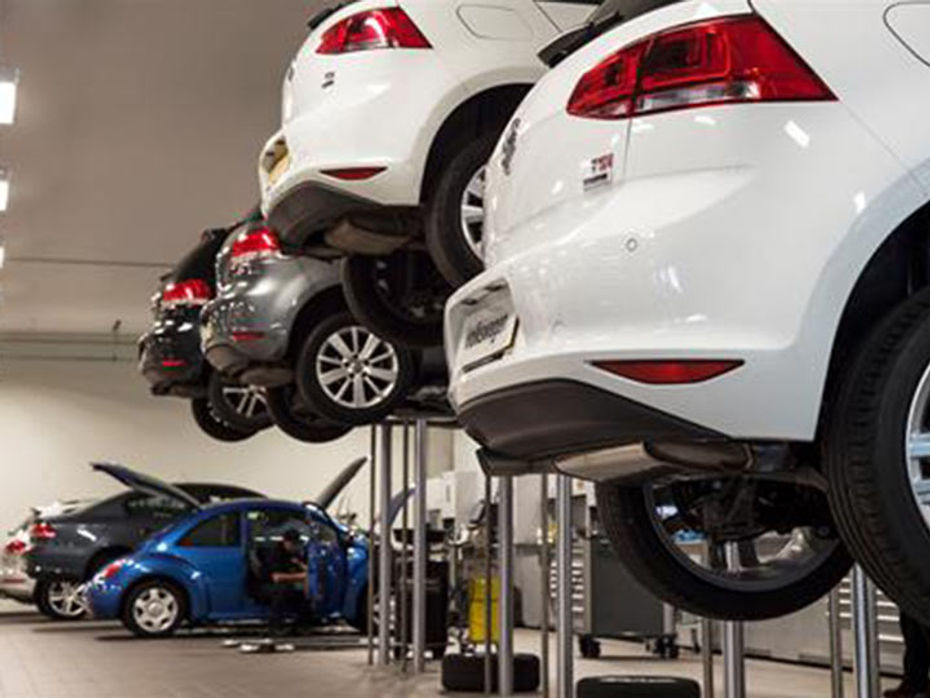
Upsizing tyres is a fairly common practice. We often see car owners getting wider tyres installed in their cars. In fact, a lot of enthusiasts straightaway take their new car to a tyre dealership for upsizing. Some do it to for enhanced aesthetics while others do it in a bid to get better driving dynamics.
But the real question is whether there's any need to upsize at all. And if yes, then what should be the ideal size? Let us answer these questions for you.
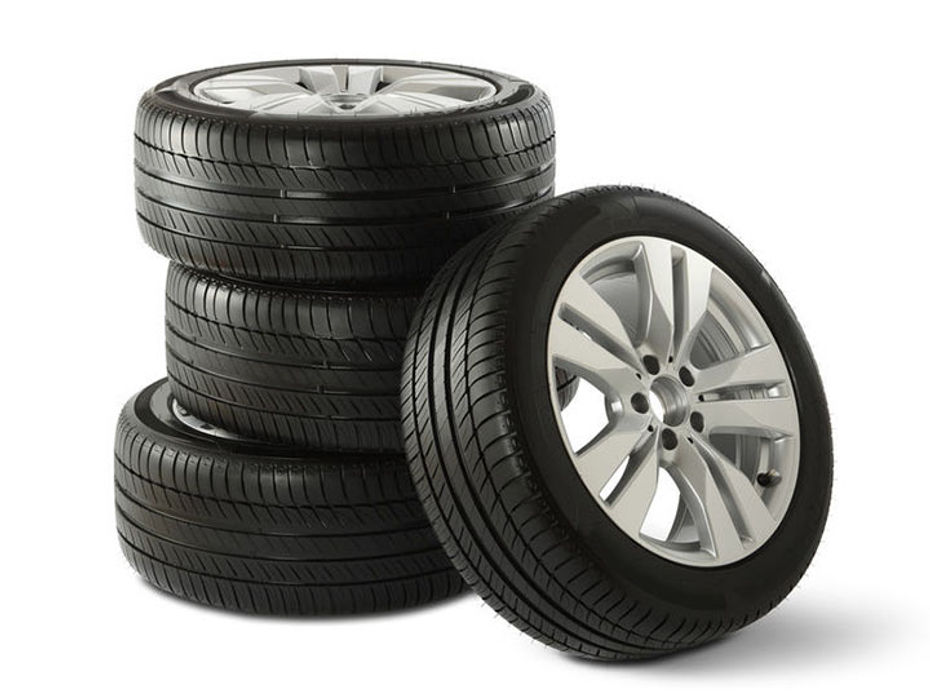
Benefits of Upsizing
1.Better grip
Simply put, upsizing means installing wider tyres in your car. Wider tyres have a wider contact patch with the road. This allows the weight of the car to be better distributed to make the car more planted, especially at high speeds.
2. Better braking
Confident braking can make all the difference between a safe journey and an ill-fated one. Wider tyres, thanks to their grippier nature, help in bringing the car to a halt in shorter distance and reduced time. This way, you can keep your loved ones safe even in scenarios that require you to push hard on the brakes.
3. Better cornering capability
A thumb rule with upsizing is that with the increase in tyre width, the corresponding sidewall height has to be reduced to retain the centre of gravity. Tyres with tall sidewall generate more flex when compared to low profile tyres. This could result in the car feeling unstable when negotiating a corner at high speeds. Upsizing reduces this risk by offering better traction due to a wider contact patch and lower sidewall.
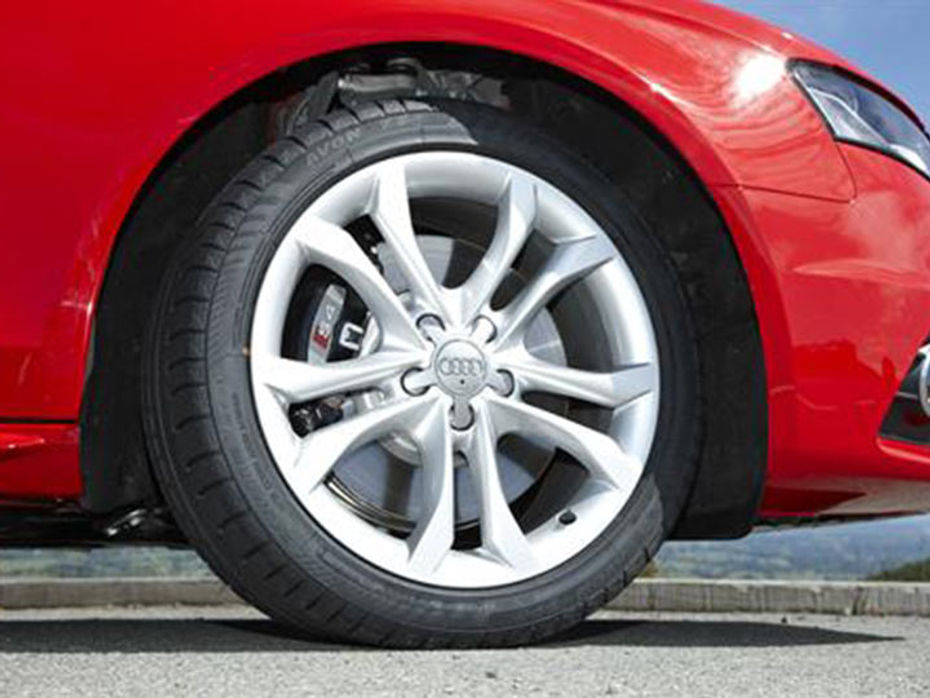
Downside of Upsizing
1. Reduced fuel economy
While wider tyres offer more traction, they affect the fuel economy of your car. The grippier nature of upsized tyres leads to increased rolling resistance (force resisting the rolling of tyres), which requires more revs from the engine to bring the car into motion. All this leads to an increase in fuel consumption and the effect would be even more prominent in stop-start traffic.
2. Heavier steering feel
Cars with upsized tyres tend to have a heavier steering. This is due to the added weight of wider tyres and even wider wheels in some cases. This could impact the precision of your steering, thereby altering the handling characteristics.
3. Bumpy ride quality
As mentioned before, upsized tyres usually have a lower sidewall. The reduced sidewall height makes tyres less effective in absorbing undulations and bumps, resulting in a bumpier ride for the passengers. This is why makers of passenger cars abstain from using low-profile tyres on their vehicles.
4. Damage to wheel arches
A lot of upsized tyres tend to stick out of their wheel arches. While they might look cool to some, such tyres often end up hitting the wheel arches over bumps and potholes. There’s also a fear of these oversized tyres scraping against the kerb when driving.
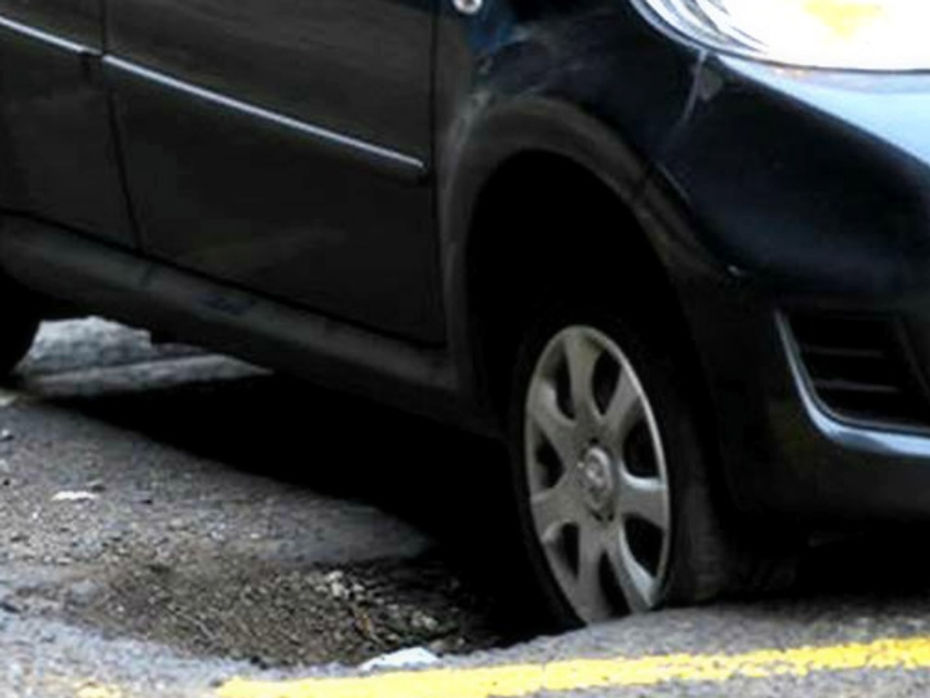
Proverbial Debate- Wider tyres Vs Wider Tyres + Bigger Wheels
Upsizing could be of two types. First, where wider tyres are installed on existing wheels and second, where wider tyres are installed on a bigger wheels. Out of these, the second option seems more beneficial. It enhances traction, handling and the overall aesthetics of the car. But there is a downside to this as well.
The added weight of bigger wheels, combined with weight of wider tyres, reduces the overall fuel efficiency of the vehicle in some cases. Also, you can expect the steering to feel heavier. Not to forget, buying bigger wheels and wider tyres is a more expensive affair.
Choosing an ideal upsize
This is the area where most people falter. Just because a tyre seems bigger doesn’t mean it is good for your car. Upsizing is a very critical change to a car and must be done with utmost care. An upsize is good for your car only if the resultant diameter difference is less than or equal to three per cent.
To calculate diameter difference, use the following formula:
Overall Diameter OD)= 2 X{(Tyre Width X Aspect Ratio)/100 } + Rim Diameter
For example, if your car is running on 165/80 R 14 tyres, then
Width= 165mm
Aspect Ratio= 80
Rim Diameter= 14 inches or 355.6 mm
Using the above mentioned equation, the Overall Diameter ( let’s call it OD1) of the tyre is:
OD1= 2 X{ (165 X 80)/100} + 355.6 = 619.6 mm or 24.3 inches
Now, let’s calculate the OD for the tyre you want to upsize to, let’s say 175/80 R14. The OD for this comes out to be 635.6mm or 25 inches.
The diameter difference between the two tyres is 2.8 per cent, which is well within the recommended range of 3per cent. So, an upsize from 165/80 R14 to 175/80 R14 is a valid one.
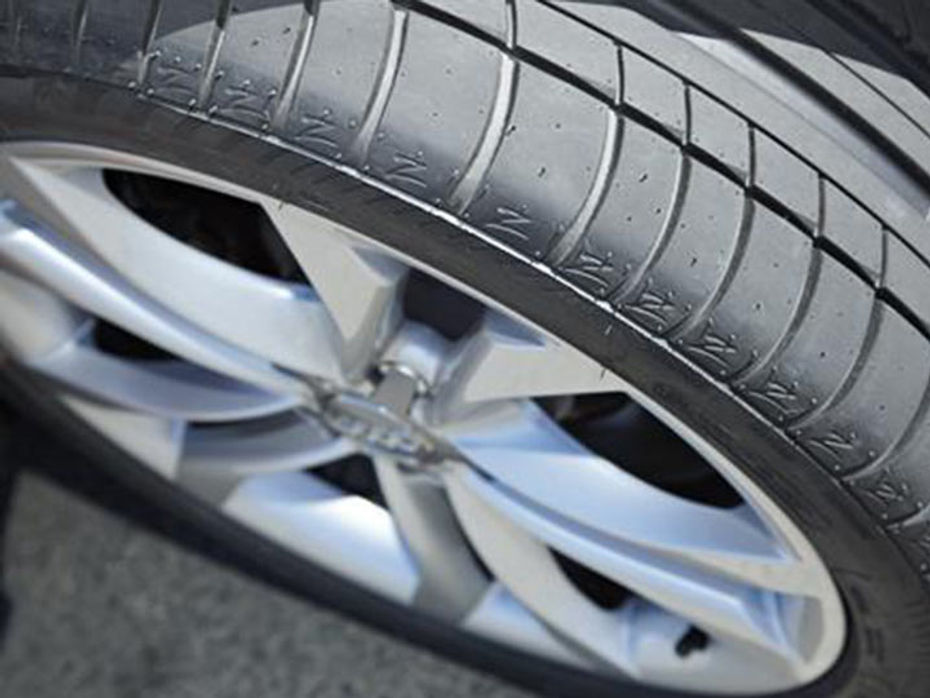
Conclusion
Low profile tyres mounted on big rims always look good. But upsizing is a process that could improve or worsen your car’s performance. It offers numerous benefits when performed correctly, but has a series of downsides that could ruin your entire driving experience. In our opinion, it is safe to stick to the stock tyre size. Let’s not forget that automakers go through series of tests and deliberations before zeroing-in on a tyre size for their car.
However, if you need improved traction and performance for your regular drives, then investing in good quality tyres for your car seems like a more practical option. Let us know what you think.

Tyres Matter: Here's Why

2018 Maruti Suzuki Ertiga Review First Drive

Mahindra Alturas G4: First Drive Review

3 New Major Design Details Mahindra XUV 3XO Will Pack Over...

Tata Curvv: A Much Clearer Look At Its Interior Ahead Of Its Unveiling

Citroen Basalt vs Tata Curvv: Exterior Design Compared

10 New Features Expected In The Upcoming 2024 Mahindra XUV 3XO...

The Fronx Has Been Rebadged! Meet The Toyota Urban Cruiser Taisor,...

Here’s How Fuel Efficient The 2024 Maruti Suzuki Swift Sold In...

MG Hector And Hector Plus Blackstorm Edition Launched At Rs 21.25...
India's largest automotive community